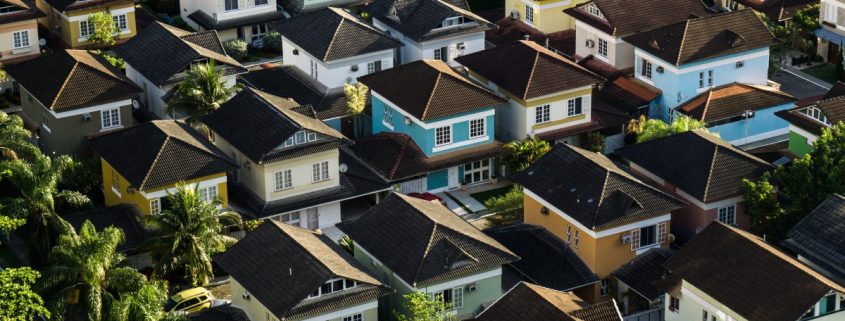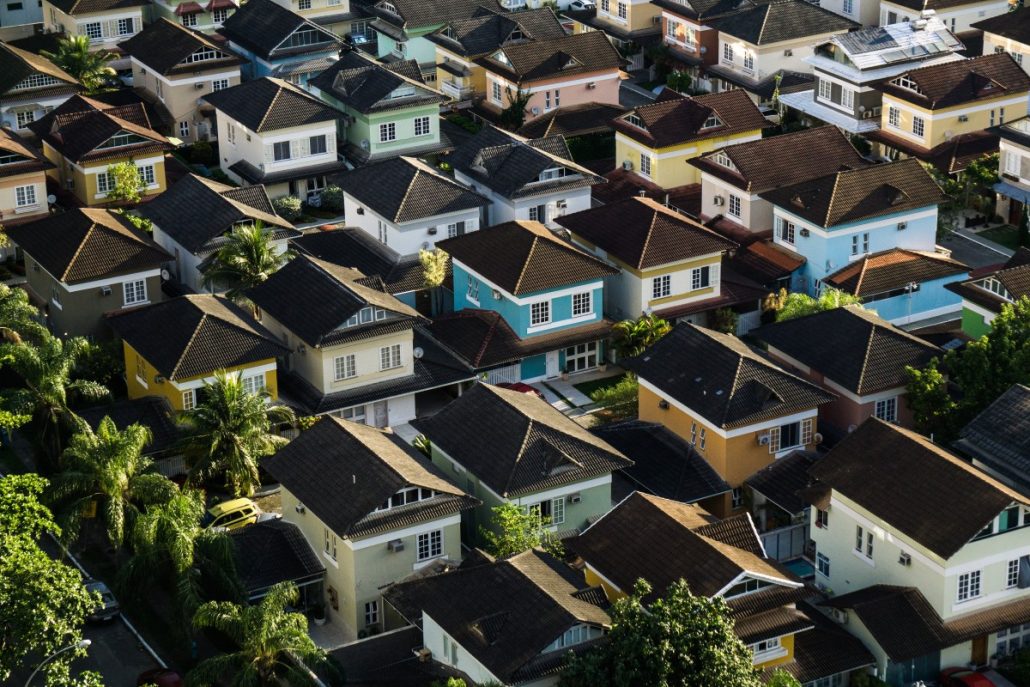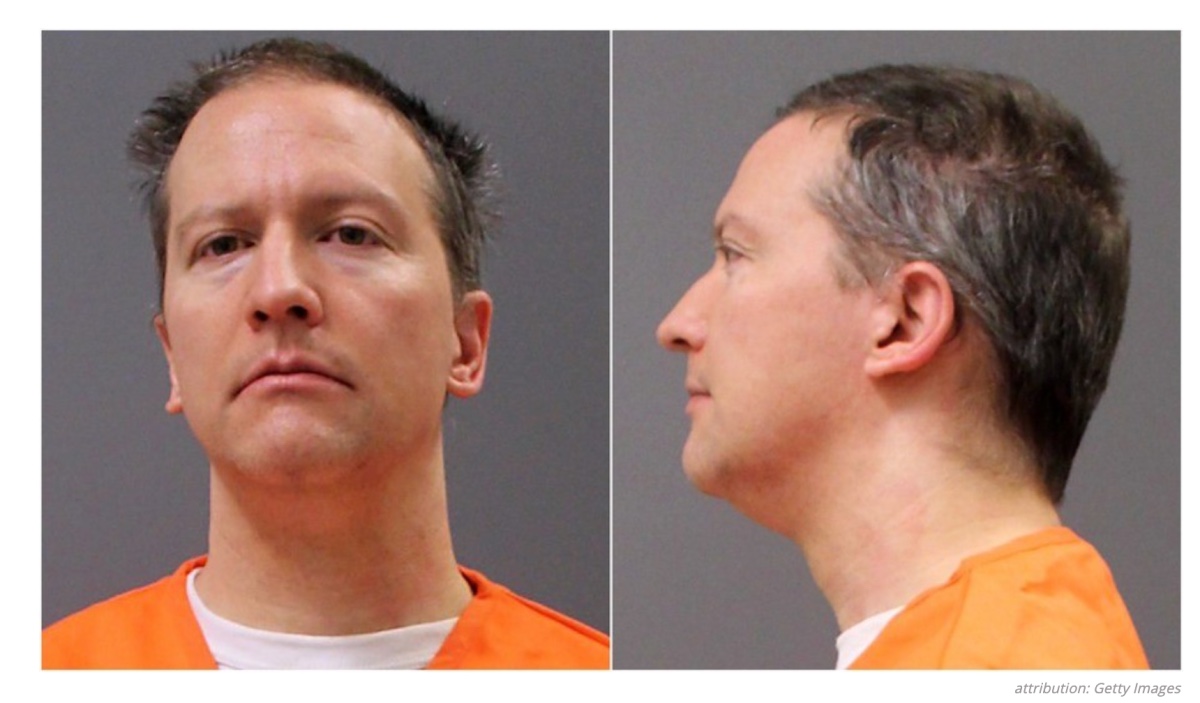The Upcoming Housing Crash: Bigger Than 2008?
I know when I talk to people about real estate these days, it’s not such a positive outlook for the near future. There are a lot of different opinions out there about where the real estate market is headed. Some of you may believe everything is back to normal, others may believe there will be a small correction, and some even believe that the real estate market can only continue going up. Well, no one has a crystal ball to predict the future. What we do have though is historical data. And what do we know about history? It tends to repeat itself. The article below is a great read and outlines a lot of simple data that shows why we could encounter the biggest housing crash in U.S. history.
Source: https://thefederalist.com/2022/02/16/key-indicator-hints-america-is-headed-for-its-worst-real-estate-crash-in-history/
I want to outline some of the key facts and takeaways from this article so some of you can understand why I believe we should be prepared for the worst in the real estate market:
From 1980 to 2000, the Federal interest rate was commonly 5% or higher and rarely dropped below 4%.
However, from 2009 through 2016, interest rates were consistently much lower than 1 percent. the Fed began to more aggressively raise rates, but it only briefly topped 2 percent in 2018 and 2019 before the Fed once again slashed rates to near-zero as part of its plan to address the effects of the Covid-19 lockdowns.
When interest rates are low, it is easier for governments to spend more money than they take in. Financial institutions are also likely to lend more money for higher-priced items and homes are typically the largest purchase a person will make in their lifetime. People can afford to take on more debt because the monthly payments cost less. As a result, sellers increase their prices.
This is one of the reasons the real estate market crashed so hard in 2008. Following the September 11, 2001, terrorist attacks, the Fed kept interest rates low, encouraging people to take on higher-than-usual levels of debt, especially in the real estate market.
The average sale price of a home in the fourth quarter of 2021 was $477,900, compared to $403,900 in the fourth quarter of 2020 and $384,600 in the fourth quarter of 2019. That’s a $93,300 increase in just two years, by far the biggest increase ever recorded in just 24 months.
Further, the 12-month home sales price increases for the second, third, and fourth quarters of 2021 were all above 17 percent, the highest hike recorded over a three-quarter period since at least 1963, the earliest date in the Fed’s data made available online.
The bubble that developed from 2002 to 2007 peaked at around a 47 percent price increase, before plummeting by 20 percent from 2007 to the first quarter of 2009. If we see a similar pattern emerge for the bubble that has been developing since roughly 2012, then we could see housing prices drop by 30 to 40 percent over a two-year period.
I know a lot of you may attribute some of these facts to a lot of different factors and there might be variables I am not taking into consideration, but I think it’s important to understand these points and analyze the data for yourself!





















2022
2,455 views
views
0
comments